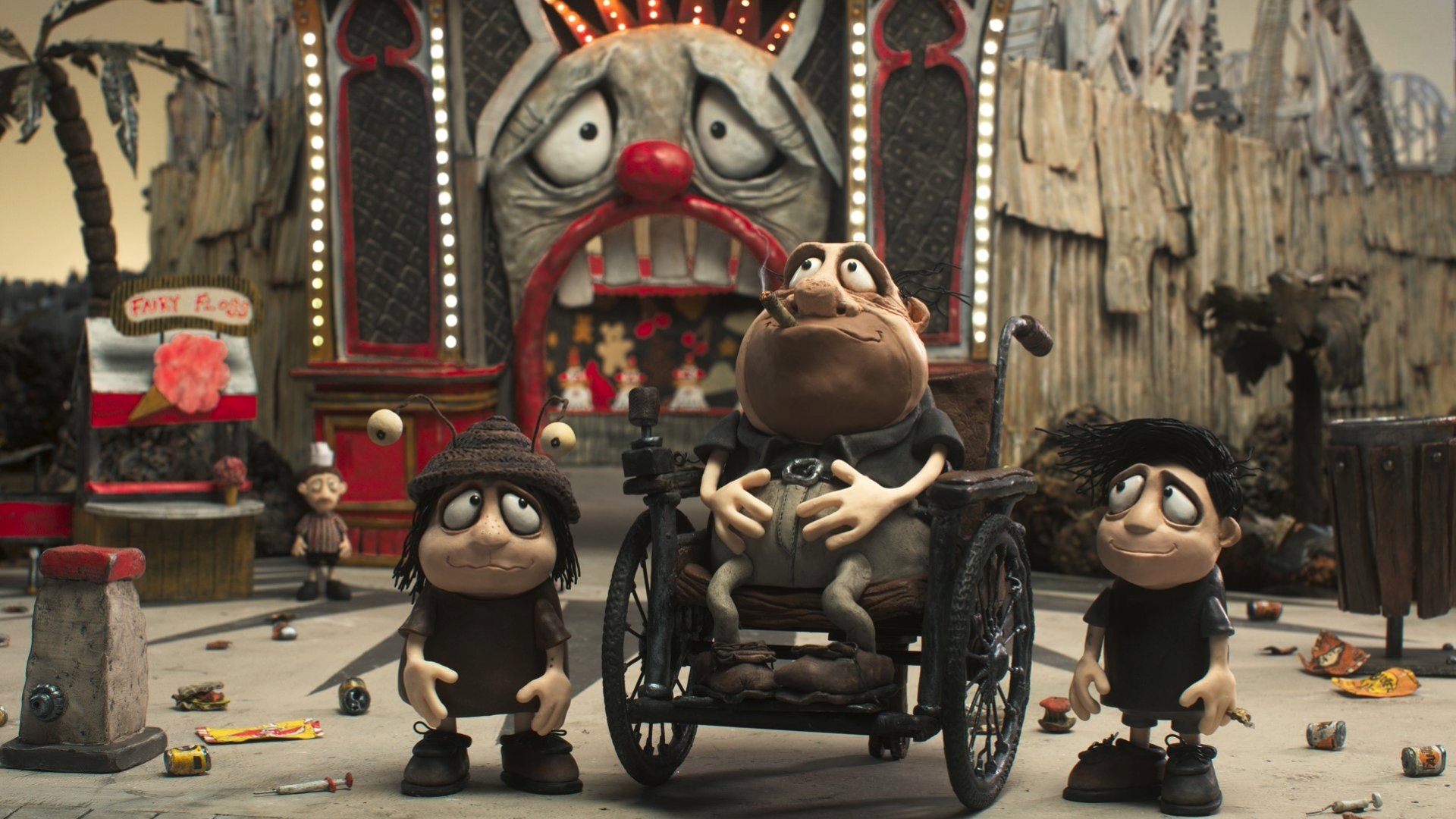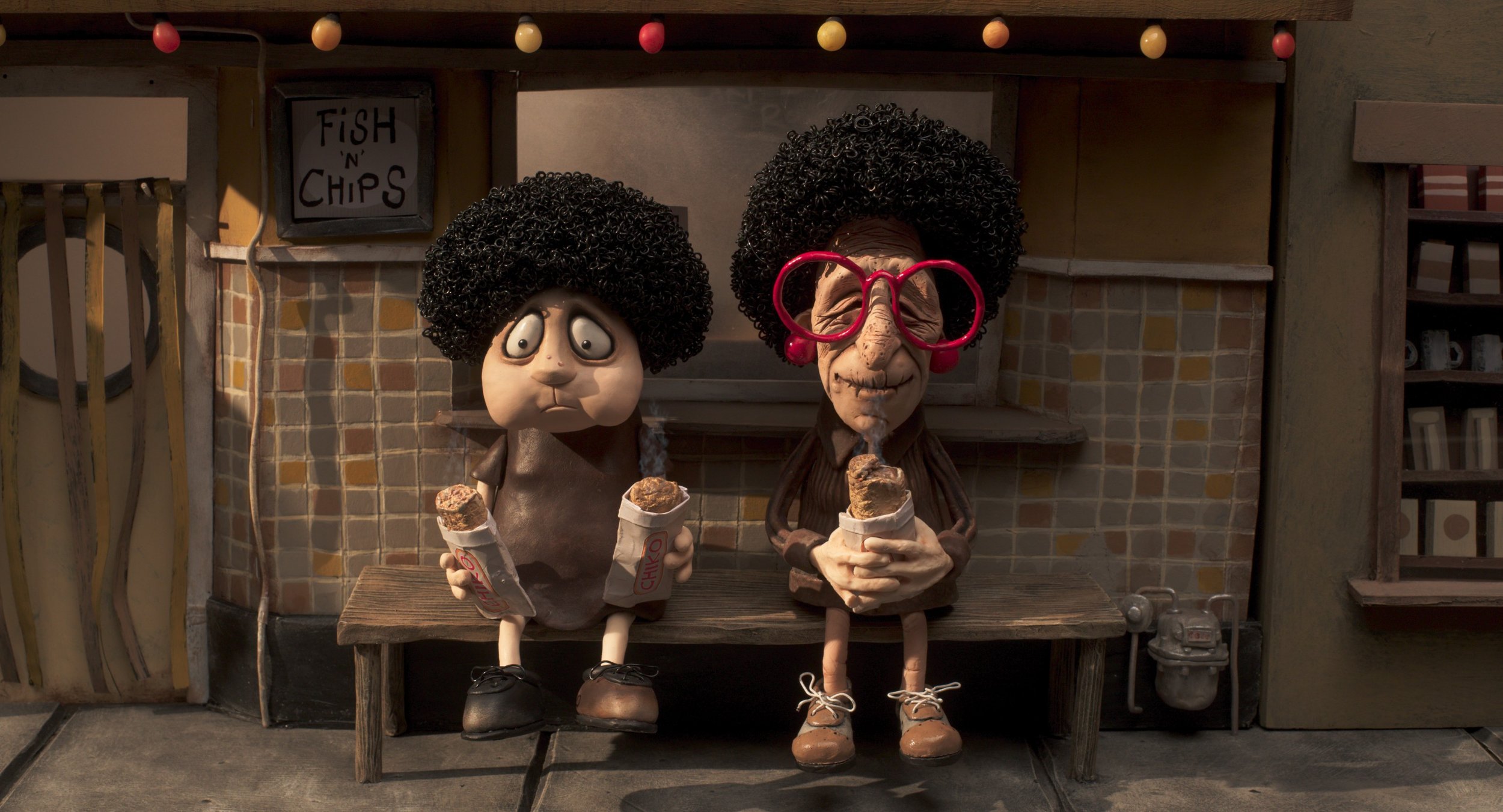'Memoir of a Snail' Review: An Exquisite and Moving Stop-motion Aussie Odyssey
Regarding adult animated movies, general audiences, and the industry usually think of something that aims strictly for shock value. Then you have films like Persepolis, Flee, and Anomalisa. They challenge those exhausting notions with humanistic, complex narratives full of adult themes (war, depression, loneliness) riddled with imagination, awe-inspiring storytelling, and breathtaking visuals. Aussie-based filmmaker Adam Elliot’s long-awaited feature follow-up to Mary and Max, Memoir of a Snail, fits into that pantheon, for it’s nothing short of excellent.
Image copyright (©) Courtesy of IFC Films
R: Sexual content, nudity, and some violent content
Runtime: 1 Hr and 30 Minutes
Production Companies: Arenamedia, Snails Pace Films
Distributor: IFC Films
Director: Adam Elliot
Writer: Adam Elliot
Cast: Sarah Snook, Kodi Smit-McPhee, Eric Bana, Magda Szubanski, Dominique Pinon, Tony Armstrong, Jacki Weaver
Release Date: October 24, 2024
Grace Pudel (Sarah Snook) narrates to her beloved snail Sylvia her arduous upbringing in the gloomy inner-city of an Australian town. Her verbal memoir begins at birth with her twin brother Gilbert (Kodi Smit-McPhee). Throughout their childhood, Gilbert was always there for Grace, whether she needed a kidney or had to fight against the bullies picking on her at school. As they age, they share an affinity for certain things: Grace collects decorous snails/other snail-related memorabilia and aspires to be a stop-motion animator. Gilbert plays with fire and loves magic. When tragedy strikes them as kids, they're taken away by Child Protective Services. Distressed, Gracie slips into a hermit cocoon. She slowly finds inspiration within a series of blissful and harsh moments, especially when she meets an eccentric old lass named Pinky (Jacki Weaver). Fueled by Gilbert’s letters and Pinky’s persistence, Grace embarks on a journey of discovery and self-love, learning to come out of her shell.

Adam Elliot's hands must be sore, as they meticulously crafted this stop-motion world with utmost care, made evident in every frame. Memoir of a Snail is my introduction to Elliot's work, and I was captivated by the stop-motion production of such a modest scale, yet mighty in terms of quality and scope. The film's idyllic backdrop is inhabited by bug-eyed and long-mouthed claymated character models navigating in a sepia-toned Australia. His environments are textured with fibers, cloth, and every arts-and-craft material imaginable, enriching the DIY realm. Each snapshot from the main character Grace Pudel's recollection bursts with weight and expressiveness, capturing childhood's highs, lows, and whimsy under its specific medium. The team accomplishes this without a trace of CGI.
Elliot, who coined the term “Clayography,” does what he does best: unravel the layers of life itself through dark humor and heart-wrenching situations in an artistic style people wouldn't normally associate with claymation. Grace's reflective, autobiographical recounting of her youth alongside Sarah Snook's unrecognizable and delicate vocal performance is completely sweeping.
Witnessing Grace's accounts of becoming enamored with snails and yearning to reunite with her twin is told with such complexity, matching with stunning imagery, it's comparable to walking through a person's art installation, guided by their voice, and you get a larger picture of who they are and how they're challenged to evolve. Elliot's storytelling, lines, and character interactions are as sturdy as a snail’s shell.
Elliot makes this world feel lived in and complex, but it sparks with life whenever the old baddie Pinky, Grace's elder friend and companion, is around. This character might be the baddest bitch in stop-motion. When the story pivots to her and her free-spirited nature – I didn't think I'd see saggy old lady claymated ta-tas – I instantly grin. The film is R-rated, but she brings a welcoming dose of raunchiness with organic tastefulness rather than shock value.
Australia's social issues are skillfully highlighted throughout Memoir of a Snail, specifically regarding alcoholism. Whenever liquor or a bottle of beer is found lying around onscreen, expect tragedy to ensue within a few feet. It’s often the cause of all the problems in Grace and Gilbert Pudel's lives. They may not consume alcohol themselves, but they’re surrounded by intoxicated individuals, such as drunk drivers colliding with their loved ones, family members' dependence on alcohol to cope with grief, or the hypocrisy of Jesus freaks. The film quietly comments on the fact that alcohol is still a major issue in Australia.
There is a charming, loveable tone to the script when it reflects on the beauty of our everyday lives, even when the story makes Grace and Gilbert go through hell and back. Elliot holds your soul tightly, shaking it like a rag doll as Grace and Gilbert endure great hardships. There’s a particular torture scene that caused me to look away from the screen due to its disturbing imagery. Fortunately, the traumatic beats are rounded out with a dry-witted backbone, and their rewards are worthwhile. Sometimes you can’t tell if those W’s are real because of how consistently Elliot tortures you, yet it's tremendous once it reaches those joyous moments. At its core, Memoir of a Snail presents a singular, offbeat, unconventional narrative about identity and self-image. Told in a mature yet resounding rich manner, even if affected by deep-rooted trauma, we all can’t stay in our hermit shells and let life pass us by.

Adam Elliot's Memoir of a Snail is an exquisite and deeply moving stop-motion odyssey, crafted with love, passion, charm, and outstanding performances by Sarah Snook and Jacki Weaver. Someday, I’ll watch Mary and Max, so I can be completely familiar with the fire Adam Elliot cooks with because this right here is straight heat. And also, by far, the best animated feature you'll see this year.



